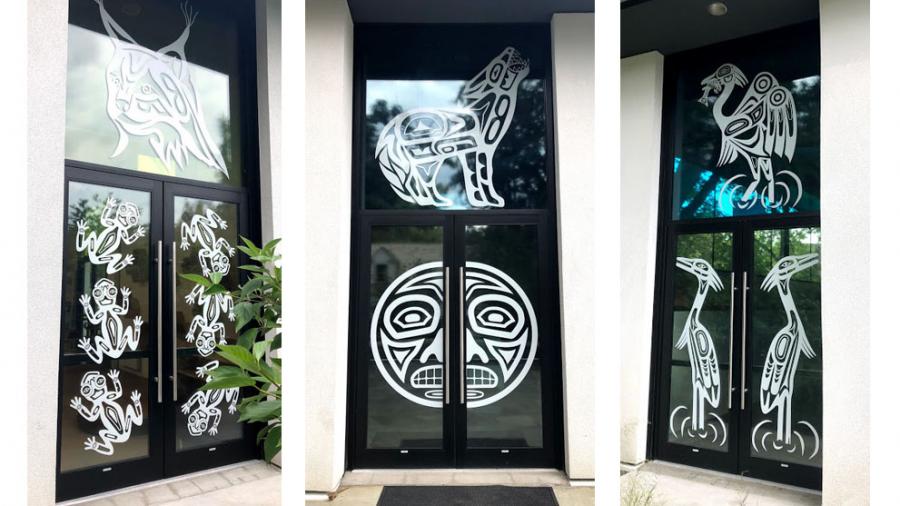snəw̓eyəɬ: Nature’s Gods (Nature’s Teachers)
Wes Antone's animals on Surrey Nature Centre's windows are accompanied by their Kwantlen meanings.
Artist: Wes Antone
Location: Surrey Nature Centre (14225 Green Timbers Way)
Category: Civic collection
Year Installed: 2018
About snəw̓eyəɬ: Nature’s Gods (Nature’s Teachers)
Wes Antone’s design on the doors and windows of the Surrey Nature Centre consists of a moon and ten animals: a wolf, lynx, chickadees, hummingbirds, frogs, owls, and two different woodpeckers and cranes. The designs are rendered in white, opaque lines with the rest of the window remaining clear.
For the Kwantlen First Nation, gods and teachers are the same thing. The rough translation of snəw̓eyəɬ is “sacred teachings,” but really, there is no hən̓q̓əmin̓əm̓ word for teaching, as it is a European concept (hən̓q̓əmin̓əm̓ is one of the Indigenous languages spoken in this region). The Kwantlen people believe the lessons we need to learn are simply there in the world around us. The artist wants visitors, particular the many children who frequent the Centre, to understand the meaning that the Kwantlen associate with each figure. Fern Gabriel, a member of the Nation and hən̓q̓əmin̓əm̓ language teacher, has provided the lessons the animals can teach us, as well as the hən̓q̓əmin̓əm̓ translations of the animal names.
Wolf - stqayeʔ
The wolves used to live in this area, once upon a time, before the xʷənitəm (white people) brought their violent ways towards the animals of this land. The Kwantlen people were born from the wolf and they have learned from its teachings. Wolves will provide for all the pack, and before the healthiest hunters eat, they will let their injured and elderly pack members feed first. Wolves are teachers and guides, and they show their young how to hunt and pass on the ability to provide for the rest of the pack. They represent love and loyalty.
Lynx − sqəlac̓əməs
Lynx are not common in this area and, even where they are plentiful, they are rarely seen. For this reason they represent secrecy. For the Kwantlen, there is no one ruler who knows everything. There are many people in the nation who have high rank, are respected by the community, and who the people share their struggles with. These people, often called “shaman” or medicine people, are associated with the lynx because they know the people’s secrets and can help them to heal. The healer will tell the people to find balance: physically, emotionally, psychologically, and spiritually. The lynx is therefore a reminder to seek that balance.
Woodpecker − təməɬəpsəm
Woodpeckers can be loud, and people sometimes complain that they wake them up in the morning, but they symbolize opportunity, new beginnings, and the coming of spring. The Elders tell us that when we hear a woodpecker, it means opportunity is on the horizon, and we should take advantage of it.
Chickadee − sq̓ʷəlex
The Elders tell us that before alarm clocks, we woke up to the chirping of chickadees and began our work for the day. These early morning birds, like all small birds, are messengers. When we see the chickadee, we need to remember that sometimes not all our questions have answers, but if we keep listening, we will learn what we need to learn on our journey through life.
Hummingbird − tin̓
Hummingbirds carry messages to those who are grieving that their loved ones are happy in the spirit world. They will hover in front of someone who is sad or depressed and bring joy from their ancestors.
Sandhill crane − sli:m
Sandhill cranes stay in this area for a few months every year and then leave. They come here for the cranberries, which some Kwantlen elders still call crane-berries because the cranes come here to eat them. Sandhill cranes can be found in the bogs or swampy areas where the cranberries grow. They represent patience.
Great horned owl − citməxʷ
Great horned owls represent the wisdom of the elders. They are seen as a protector sent from the spirit world to watch over someone in the physical world who needs emotional support or spiritual guidance. The owl can symbolize death and is a reminder to be good to people and to always tell the ones you love that you love them.
Frog − pipá:m̓
Frogs represent the ancient wisdom to be found in each stage of life: birth and infancy, young adult, adult, and elder. Each stage of life presents us with lessons to learn, and the transition from one stage to the next can be chaotic. However, the pain can help us learn the lessons so we can go to the next stage and pass our knowledge down to the next generation.
Moon − ɬqelc̓
The moon is one of four energies: Father Sky, Mother Earth, Grandfather Sun, and Grandmother Moon. The moon, which has a feminine energy, influences our emotional state. The moon also measures time within a year: for the Kwantlen, there are thirteen moons in one year. A full moon can cause emotional upheaval for humans, and will bring the animals out at night as it lights up the darkness.
About the Artist
Wes Antone is an artist from Kwantlen First Nation who has been carving for over 35 years. He is self-taught and works from his home on the Kwantlen reserve in unceded Fort Langley, BC. Antone has sold his pieces all over the world and specializes in mask design. His traditional name is X.ex.elles, which means “likes to draw.”
-
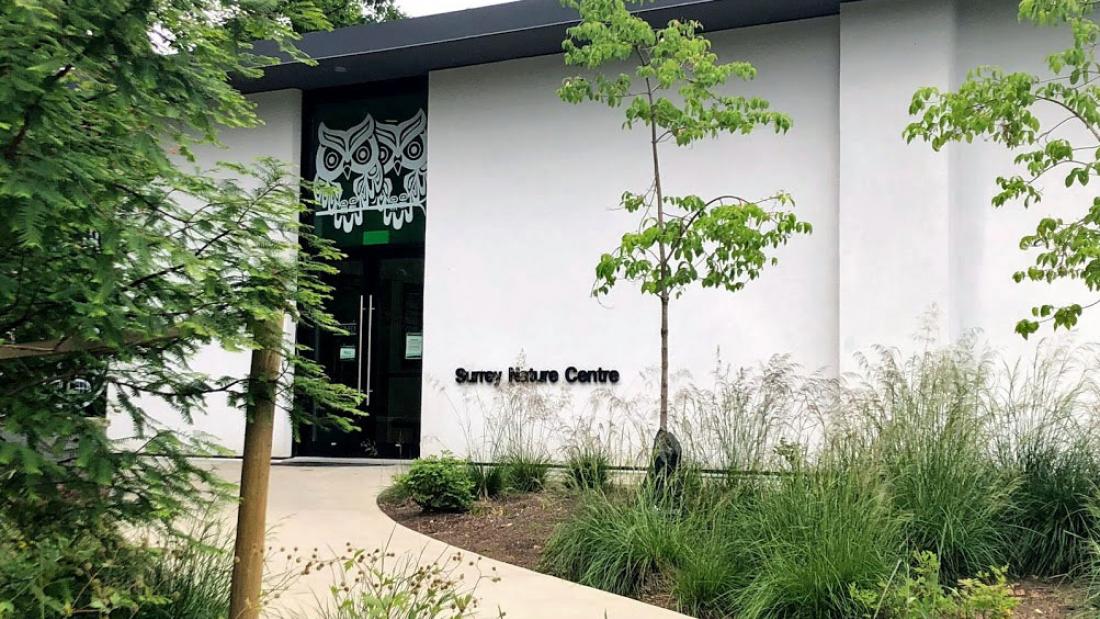
Entrance to Surrey Nature Centre featuring Wes Antone's great horned owls.
-
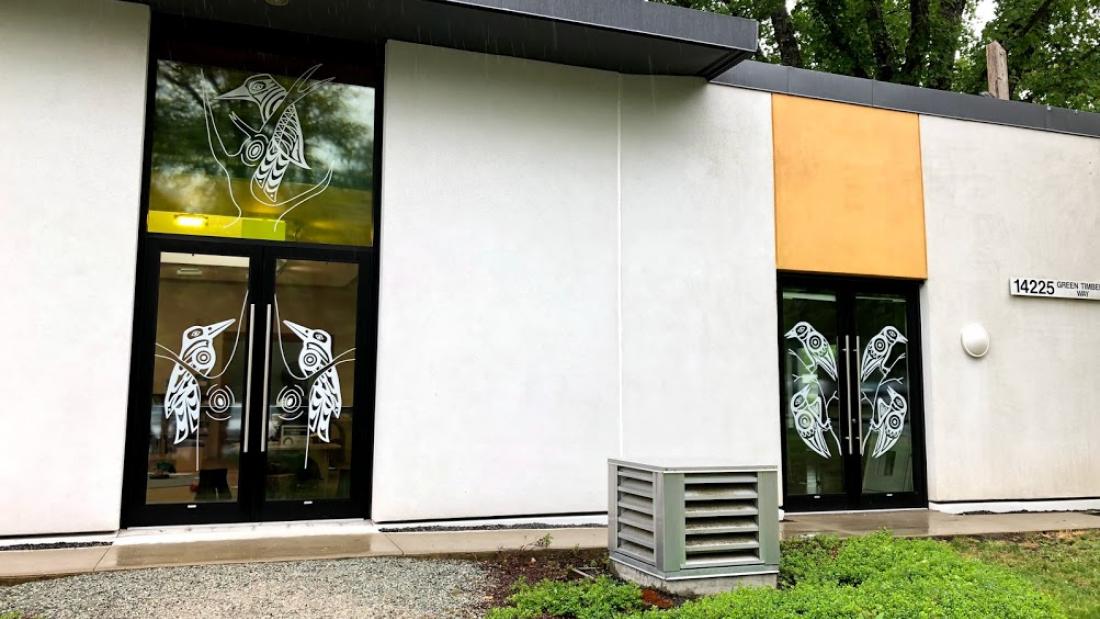
Woodpeckers (left) and chickadees (right) on Surrey Nature Centre's windows.
-
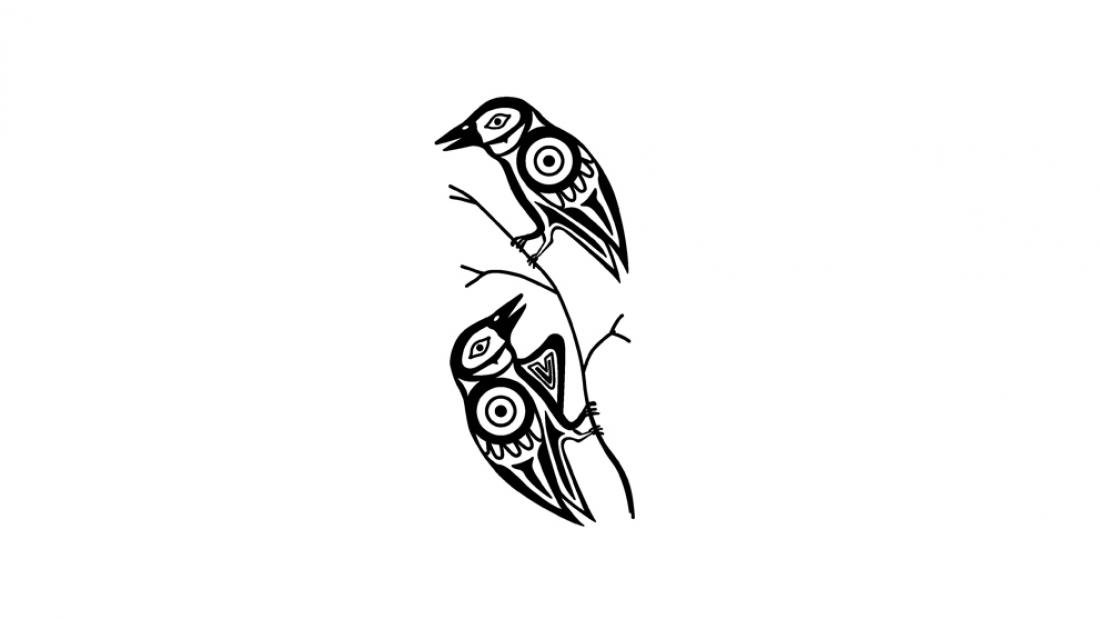
Chickadee (sq̓ʷəlex) design by Wes Antone.
-
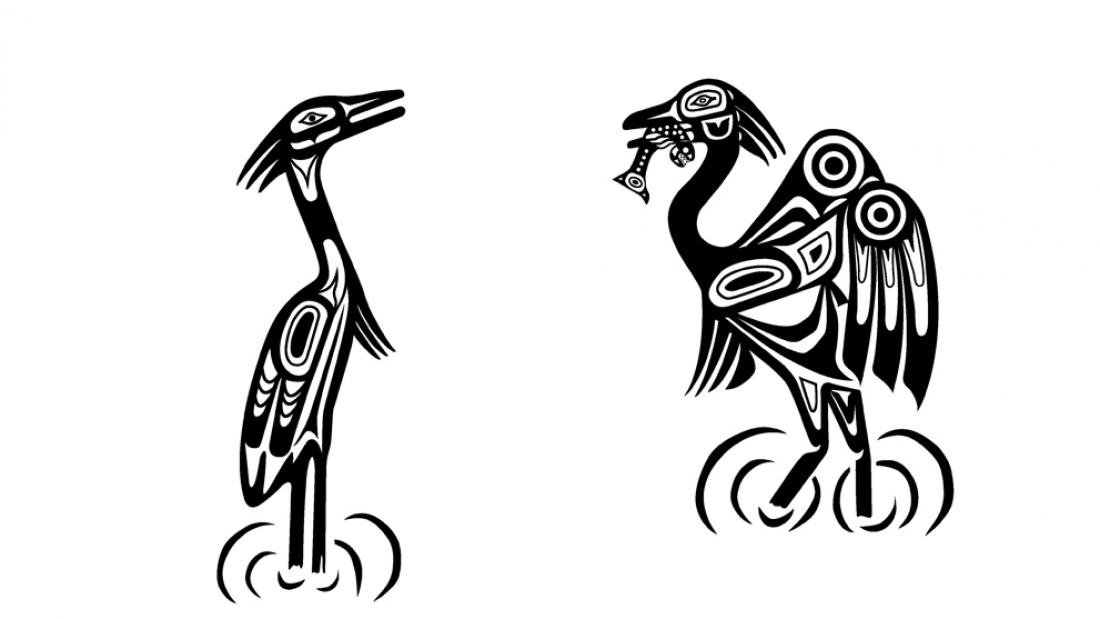
Sandhill crane (sli:m) designs by Wes Antone.
-
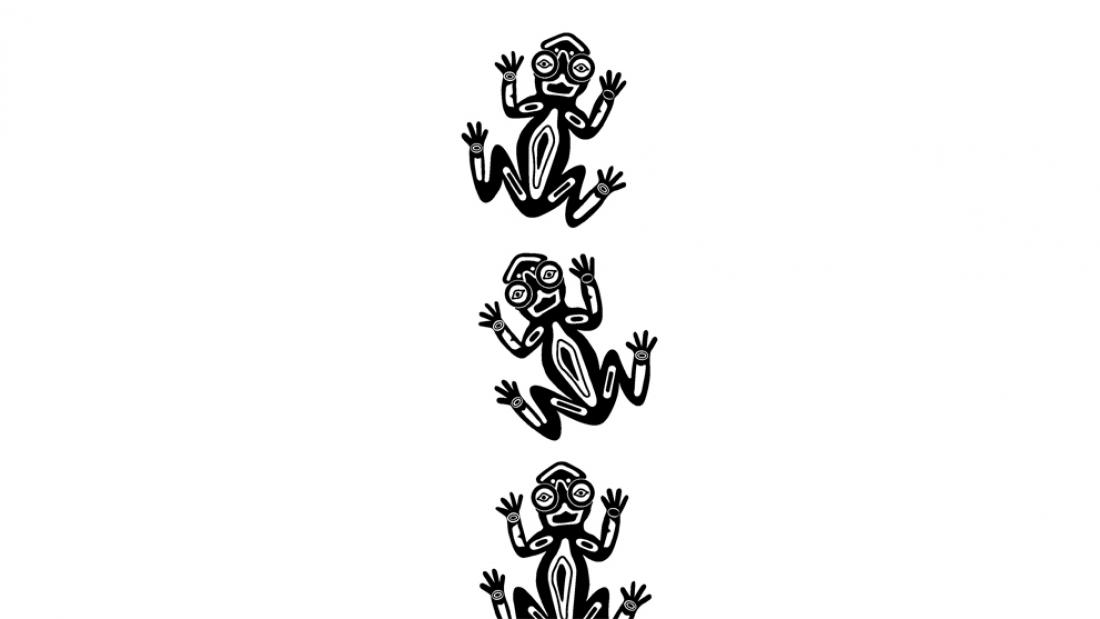
Frog (ipá:m̓) design by Wes Antone.
-
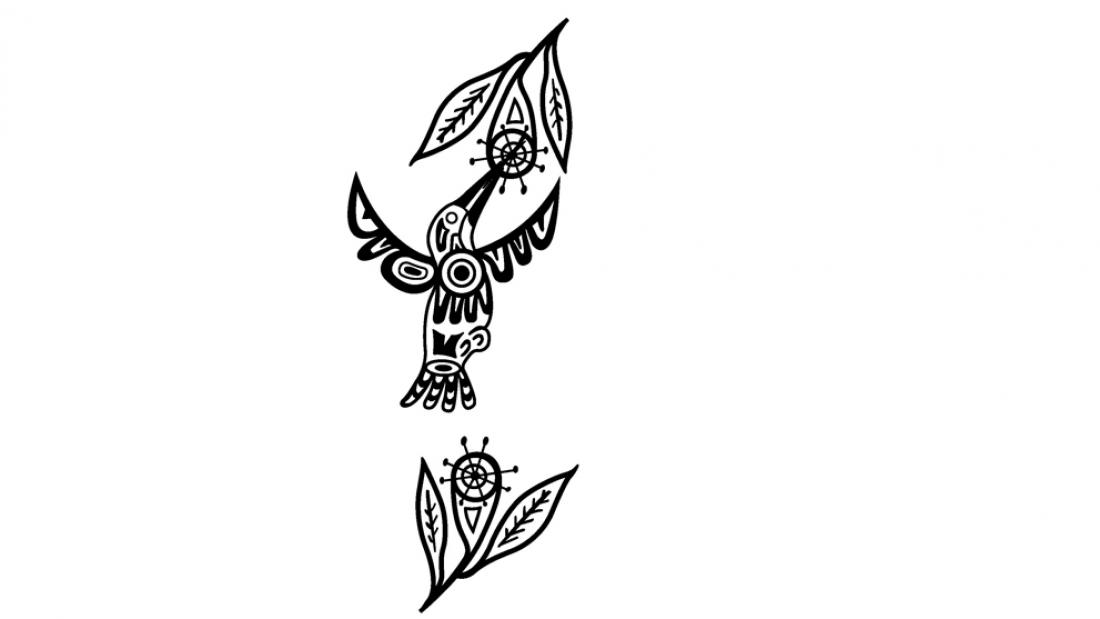
Hummingbird (tin̓) design by Wes Antone.
-
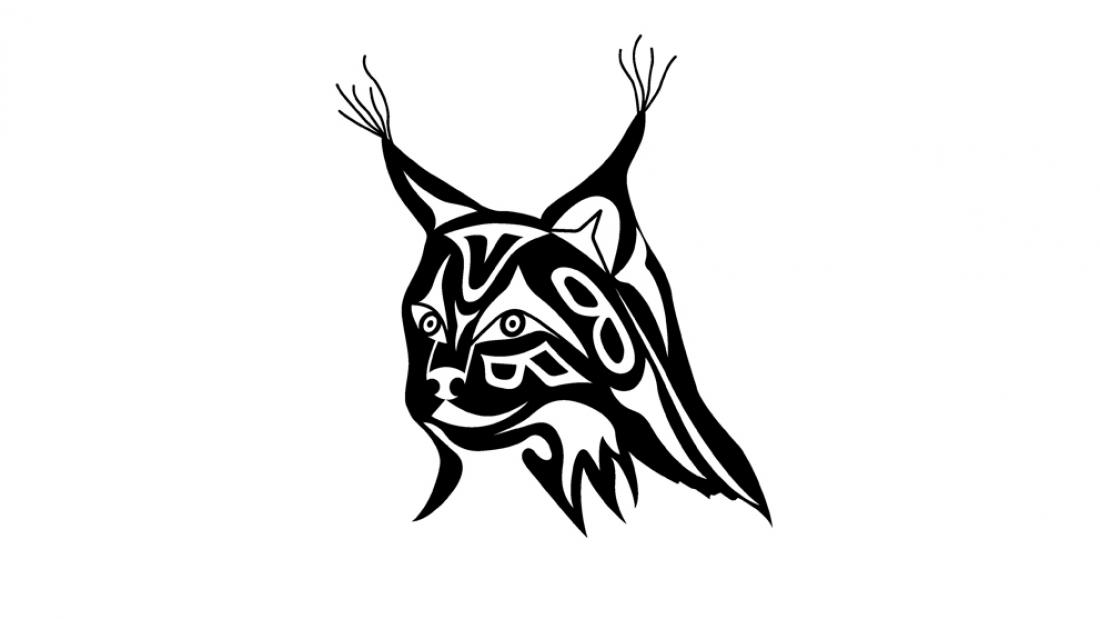
Lynx (sqəlac̓əməs) design by Wes Antone.
-
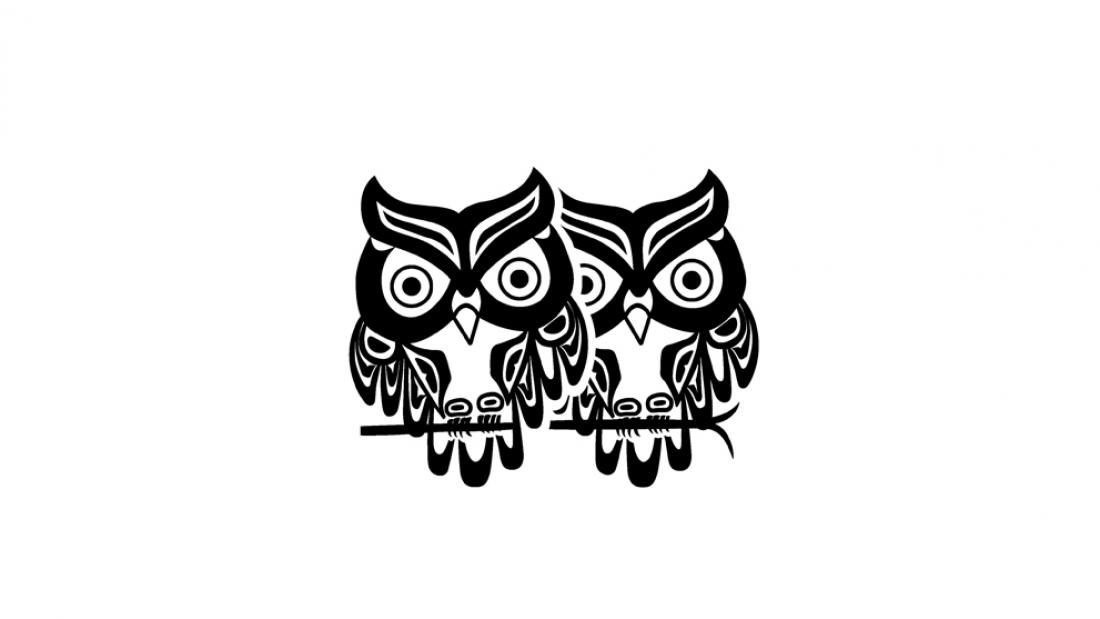
Great horned owl (citməxʷ) design by Wes Antone.
-
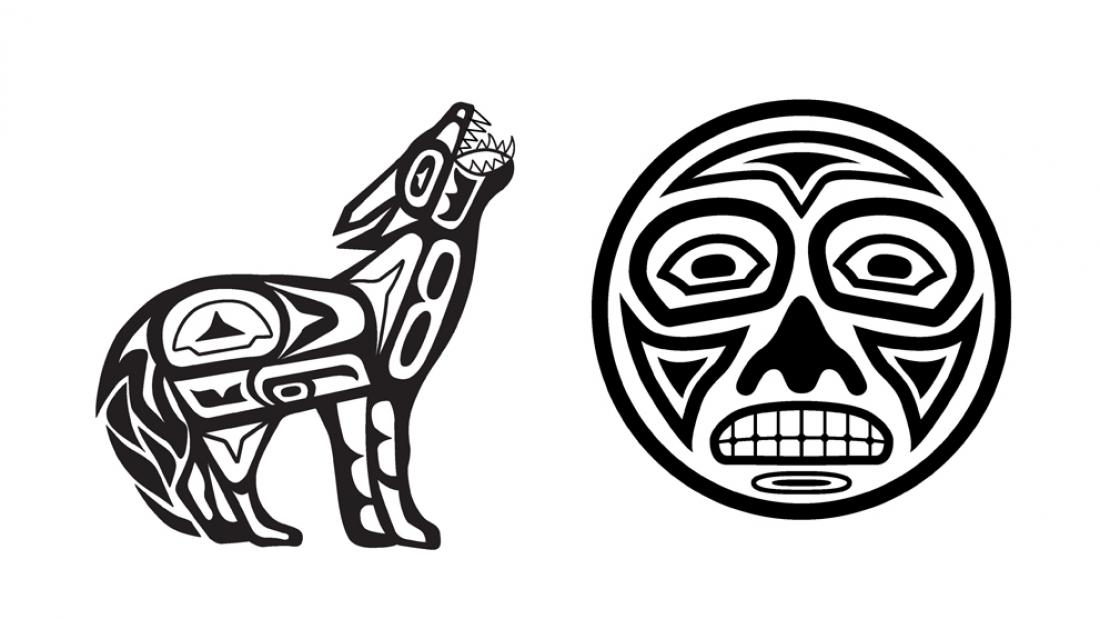
Wolf (stqayeʔ) and moon (ɬqelc̓) designs by Wes Antone.
-
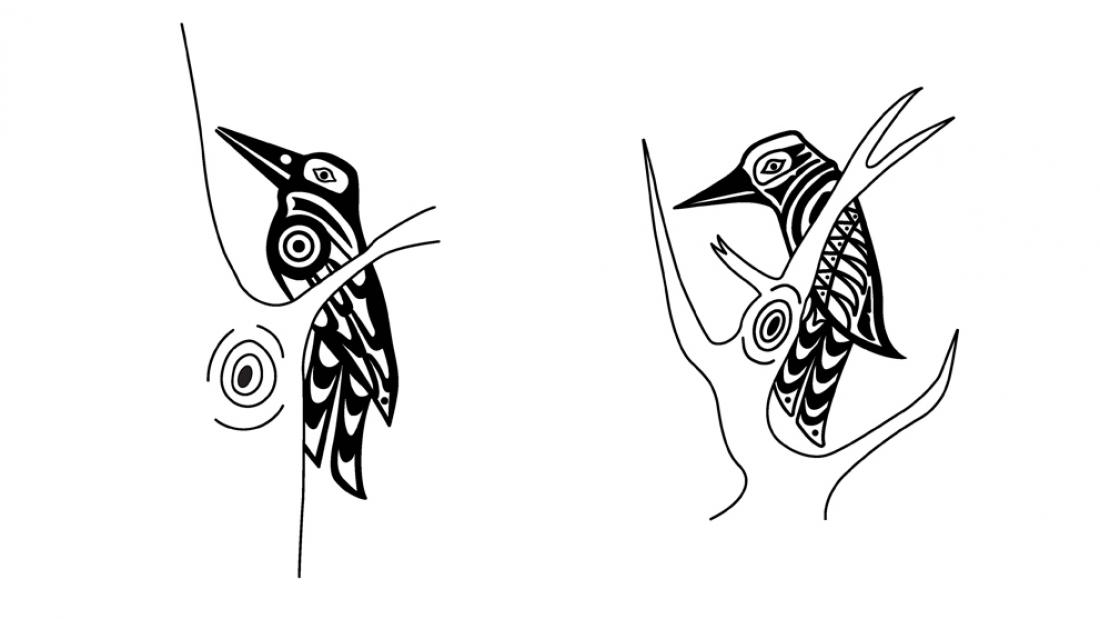
Woodpecker (təməɬəpsəm) designs by Wes Antone.
